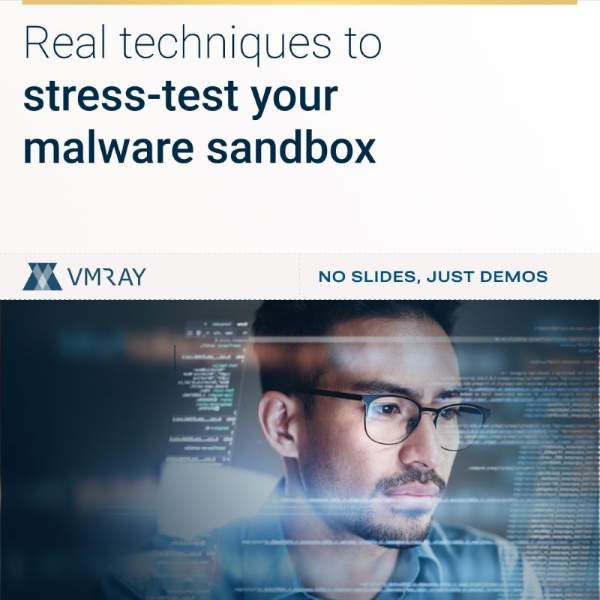chapter 1:IOCs vs Artifacts: What is the difference
In the realm of malware analysis, a perplexing conundrum often arises—a confusion between the terms “artifacts” and “indicators of compromise (IOCs).” This ambiguity is not unfounded, as a multitude of malware analysis engines does not discern between the two. However, it’s vital to differentiate these concepts to enhance our cybersecurity arsenal.
Sifting for the Gold: Separating IOCs from the Noise of Artifacts
For malware analysts, the challenge lies in sifting through a haystack of artifacts to uncover those elusive IOCs. These IOCs, often minuscule in size, serve as crucial breadcrumbs leading us to malicious activity. However, this quest is not without its hurdles.
A pervasive fear looms over the heads of analysts—the dread of false positives. Misidentifying an artifact as an IOC can trigger erroneous alerts, potentially unleashing chaos on the production network. The volume and frequency of false-positive alerts eventually add up to weakened security posture as the analysts become overwhelmed with the flood. The repercussions of such missteps are far-reaching, emphasizing the urgency of precision.
The Crucial Need for Actionable IOCs
IOCs that lack context are akin to riddles without answers. In the realm of threat intelligence, improperly identified IOCs hold limited value. To be actionable, IOCs must be accompanied by rich contextual information that unravels the threat landscape.
Moreover, today’s security ecosystem is a tapestry of diverse systems and tools, resulting in a fragmented landscape. Each system speaks its own proprietary language, making the seamless integration of threat analysis across this heterogeneous environment a formidable challenge.
The Benefits and limitations of manual IOC extraction
Faced with these challenges, security teams often resort to manual, time-consuming methods to unearth reliable and actionable IOCs. While effective, this approach is resource-intensive and cannot keep pace with the dynamic threat landscape.
In the chapters that follow, we will discuss how to ensure faster IOC extraction without the accompanying noise. Join us as we explore a solution where efficiency and reliability converge to fortify your defenses.



